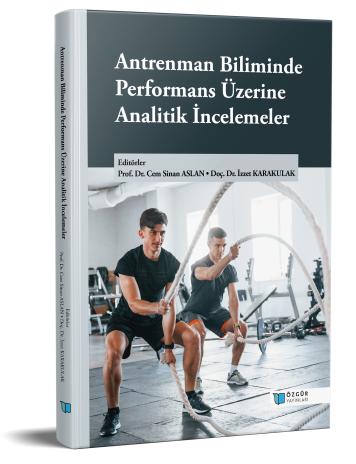
Velocity-Based Training Approach as an Autoregulation Method
Chapter from the book:
Aslan,
C.
S.
&
Karakulak,
İ.
(eds.)
2024.
Analytical Studies on Performance in Training Science.
Synopsis
The single repetition maximum (1TM), defined as the maximum load that an individual can successfully lift in a single attempt, is a widely accepted measure for assessing strength, but despite the frequent use of 1TM and multi-repetition maximum loads, many studies in the literature mention that they have some disadvantages. For example; It is stated that the use of 1TM and multi-repetition maximum loads is inadequate in addressing the variability in strength characteristics that can be affected by an athlete's life stress, the general volume and intensity of training and competition, or physiological adaptations that occur in response to certain training stimuli. Again, it has been reported that TM loads can cause increased training stress and fatigue and can negatively affect performance results in skeletal muscle fiber composition. In addition, disadvantages such as increasing the possibility of injury in novice athletes with incorrect application of 1TM, the need for frequent testing to determine the optimal training load due to rapidly changing strength levels, being quite time-consuming for large groups of athletes, and being impractical are also mentioned. Therefore, alternative applications to the repetition maximum application for strength training have also gained importance and the autoregulation method has been developed as an alternative to the limitations associated with the repetition maximum method. The concept of autoregulation has been defined as “a resistance training periodization method that changes training prescriptions according to the individual adaptation rates of athletes”. This approach allows for a more personalized training regimen by taking into account the physiological responses and recovery abilities of each athlete. Among the autoregulation methods, the Velocity-Based Training Program has an important place. This program represents a systematic strength training approach that emphasizes movement speed as a critical variable. The purpose of this study is to present the Velocity-Based Training Program in detail by analyzing and synthesizing the information presented by the studies in the literature.

